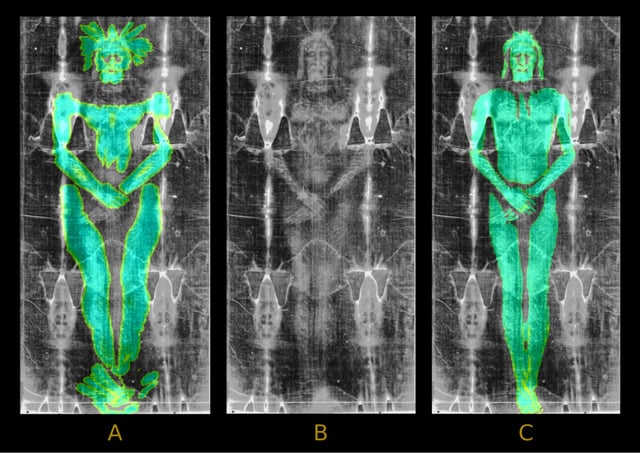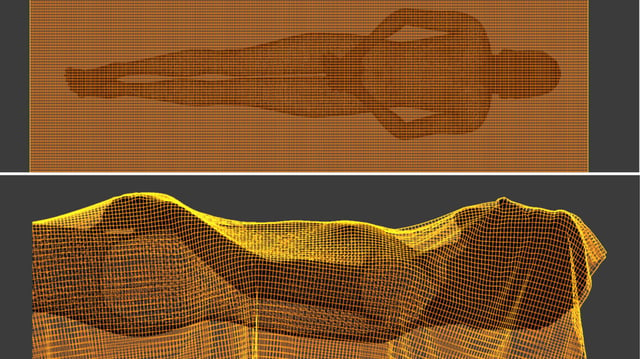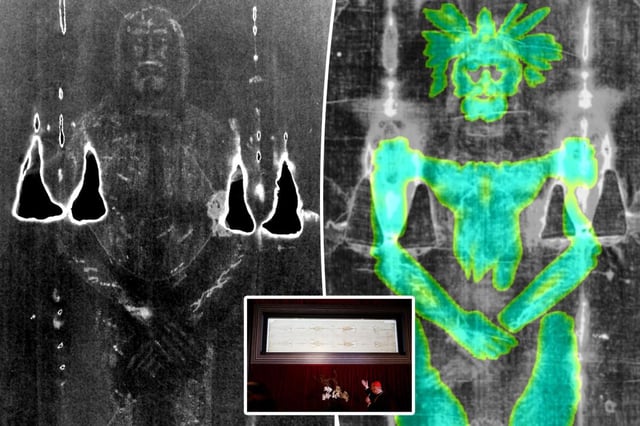Overview
- Cicero Moraes’s research published in Archaeometry used 3D software to drape virtual cloth over models of a human body and a low-relief sculpture, revealing the latter produced an imprint nearly identical to the Shroud’s image.
- The study highlights the ‘Agamemnon Mask effect,’ whereby wrapping fabric around a three-dimensional form distorts the imprint, a distortion absent in the Shroud’s markings.
- These findings reinforce the 1989 radiocarbon dating that dated the linen to 1260–1390 AD and support the notion that the cloth began as medieval funerary art.
- A controversial 2022 wide-angle X-ray scattering analysis claiming a first-century origin remains disputed, underscoring persistent disagreements over dating methods.
- University of Padua professor Giulio Fanti and other scholars still point to bloodstain-pattern research as evidence of the Shroud’s authenticity, ensuring the debate continues.


